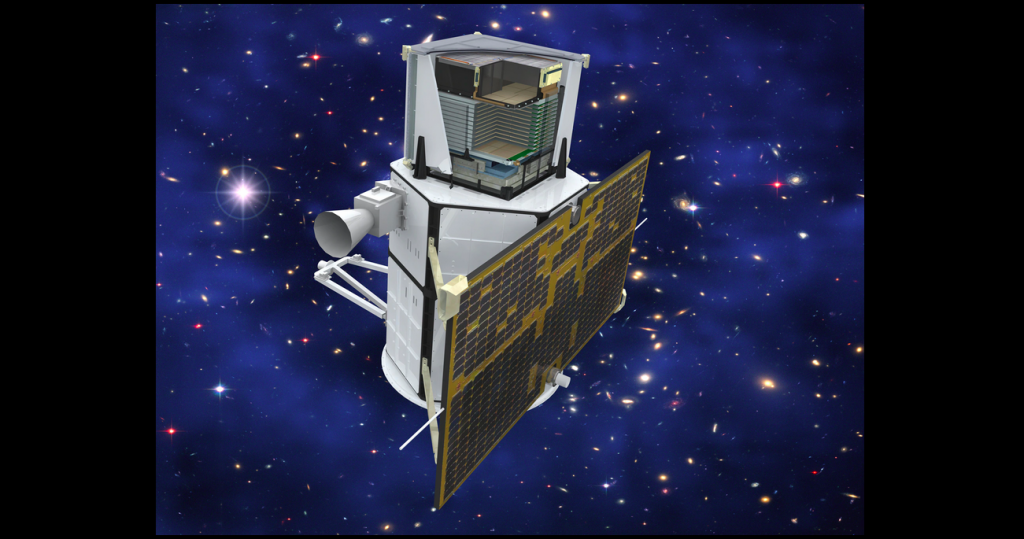A 15-year space mission exploring our galaxy and carrying out Earth observations. The Italian AGILE scientific satellite, the gamma-ray imaging detector (Astrorivelatore Gamma a Immagini Leggero-AGILE) developed by the Italian Space Agency (ASI) in collaboration with the National Institute for Astrophysics (INAF) and the National Institute for Nuclear Physics (INFN), this year is celebrating its fifteenth birthday. Launched on 23 April 2007, the satellite, initially intended to operate only two years, is still active today after having completed more than 77,600 orbits around the Earth.
“Fifteen years after its launch, and despite the Covid-19 pandemic and its inevitable consequences on space activities, the AGILE satellite is still fully operational and continues to make excellent scientific observations, in collaboration with INAF, in high-energy astrophysics, in the study of Terrestrial Gamma-ray Flashes (TGFs), in the search for the electromagnetic counterparts of gravitational waves and also in other experimental fields such as the search for and study of Fast Radio Bursts,” said Fabio D’Amico, head of the AGILE programme for ASI.

Over the years, AGILE has acquired the complete map of the sky observed in gamma-ray radiations and has revealed various galactic sources that are subject to very rapid changes and frequent episodes of X-ray and gamma-ray emissions from multiple neutron stars and black holes. These observations have been regularly transmitted to the ground through the ASI tracking station in Malindi (Kenya), sent to the Fucino Space Centre in Abruzzo and from there to the ASI Space Science Data Center (SSDC) in Rome which has made them available to the national and international scientific community and has managed the related catalogues.
“One of the factors determining the success of the AGILE mission is its capacity to rapidly respond to transient events, thanks to an efficient alert system developed jointly by the AGILE Team and the SSDC,” explained Carlotta Pittori, SSDC coordinator and AGILE mission scientific director since 2019. “After 15 years, AGILE continues its monitoring of the sky providing a unique contribution to the search for the gamma-ray counterparts of gravitational waves, neutrinos, Fast Radio Bursts and other transients.”
In 2012, the satellite was awarded the prestigious “Bruno Rossi Prize” for the discovery of unexpected gamma-ray emissions from the Crab Nebula, one of the brightest sources in the sky in the X-ray and gamma-ray spectrum. The Crab Nebula has a rapidly rotating neutron star at its centre which transfers energy to the gas in the inner part through a strong wind made up of electromagnetic waves and particles.
The scientific activity of AGILE has also focused on the observation of certain phenomena originating in the Earth’s atmosphere, such as TGFs: very short (a few milliseconds) Terrestrial Gamma-ray Flashes produced on Earth during heavy storms mainly in the tropical and equatorial zones of our planet. In addition, the ASI satellite with its payload instruments takes part in the search for and analysis of Fast Radio Bursts – very intense millisecond-duration radio pulses from the Universe whose origin is not yet known.

